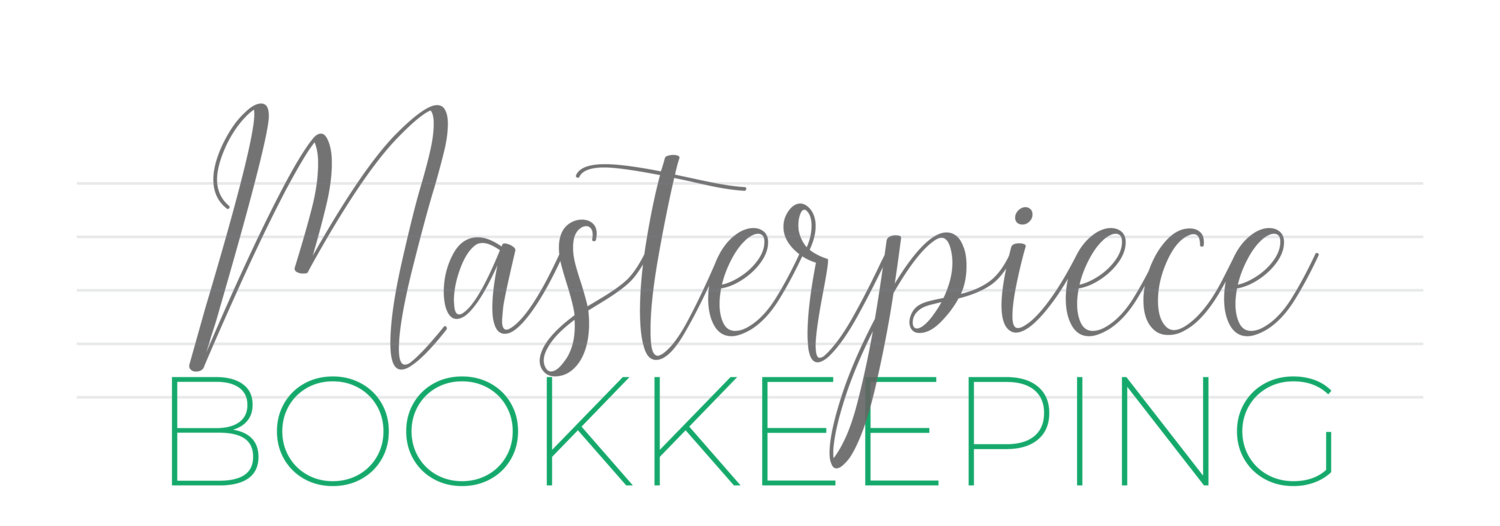It’s amazing to look back and see how much technology has changed in the past few years. The number of apps and platforms we work with just keeps growing as the tools get better and better for small businesses. About half of our clients use some sort of external platform, like a point of sale (POS), customer relationship management platform that bills (CRM), job management platform, eCommerce platform, or even payment platforms that can serve one or more of these functions. Often, it’s more than one.
Bookkeeping for this is, in a word, complicated. While these tools are fantastic and necessary to run a business smoothly, it can be difficult to extract the right information for accurate accounting records. Software developers aren’t accountants, and the data flow among multiple connected platforms can get convoluted quickly.
Take a simple, service based company. The data flow for this is:
Invoice > Payment > Bank
Often, the invoicing and payment is handled right in the accounting system. Maybe they also accept checks or another form of payment, but it’s a linear flow of data and the entries are straightforward. Contrast this to the workflow when there are multiple platforms involved, and you can see why it gets tricky!
If you're partial to visuals (or just don't want to read all of this), check out our handy infographic linked here!
Inventory management
Most product-based businesses need to track their inventory in a platform that’s built for that purpose.
This isn’t always the case, as some businesses turn inventory quickly or the inventory is consumable, or they just haven’t set up a good system yet. You can have all of the rest of these platforms without having an inventory system, especially if you’re more service based or sell digital products. But if an inventory system does exist, this is where it starts.
Inventory feeds into the next type of platform.
Sales platforms
We all know about Amazon, Etsy, and probably have heard of platforms like Shopify. Did you know that there are multiple types of sales platforms, and that they have different purposes?
eCommerce (e.g. Shopify, WooCommerce, BigCommerce) - these are platforms that are built for online purchases. Most often they are direct to consumer, and are subject to sales tax in applicable jurisdictions.
Marketplace (e.g. Amazon, eBay, Etsy) - these are also direct to consumer platforms, but as a marketplace seller, they take care of the sales tax. They also tend to have high/extra platform fees.
Retail POS (e.g. Square, Toast, Clover) - these are used most often at a physical location, and of course also track applicable sales tax.
Wholesale (e.g. Faire) - this is when you sell to someone who is then going to sell to the end consumer. There are platforms for this like Faire, but many businesses also simply send invoices for this. Wholesale orders are not subject to sales tax.
Most businesses in eCommerce have more than one of these platforms, and often all four.
Payment processors
The sale happens on one platform, and often the payment happens on a different platform that’s connected. There are almost always multiple ways to pay, which means we are dealing with multiple processors for each platform, and sometimes the processors cross platforms. There are also multiple types of payment processors.
Platform processors - many of the above platforms offer their own processors, like Amazon Pay and Shopify Payments.
Third party processors - these are connected to the sales platform to process payments. Square, Stripe, and PayPal are common ones that connect, but there are a bunch of other options.
Financing processors - these are getting more popular where the customer can set up a payment plan. Examples are Resolve and Afterpay.
Bank accounts
The payment processors then deposit funds into designated bank accounts, often taking out fees. PayPal functions as a bank account in bookkeeping, so we often are dealing with multiple bank accounts as well.
Accounting entries
We then have to take those deposits and make accounting entries that split out all of the relevant data. It’s not as simple as deposit = revenue. That deposit is often split into the following:
Sales - sometimes multiple sales accounts (products, shipping). This we need to get from the sales channels.
Sales tax - this is complicated as some things are taxable, some channels are taxable, and sales tax needs to be tracked by jurisdiction so that the returns can be filed. Sometimes we add another platform entirely just for this.
Fees - platform fees and processing fees, across multiple platforms.
Loan payments - of course, some of these platforms also offer loans and take the loan payments out of the deposits.
Additionally, Inventory/COGS entries need to be made - ensuring that inventory matches the inventory system and the correct cost of goods sold is entered per period.
Overwhelming? It can be. I often recommend that very small service based businesses handle their own record keeping when they are just starting out, but that is NOT the case with eCommerce. Bookkeeping in general is more complicated than data entry, and eCommerce takes it to another level. We are dealing with multiple types of platforms that connect to each other and multiple payment methods, which are broken up by fees and different time periods.
Many bookkeepers shy away from eCommerce for these reasons. It’s easy to screw up, and difficult to figure out discrepancies. If you are an eCommerce seller, please make sure you’re working with someone who is good in this area, and know that a lot of work goes into it!
Other Great Reads:

